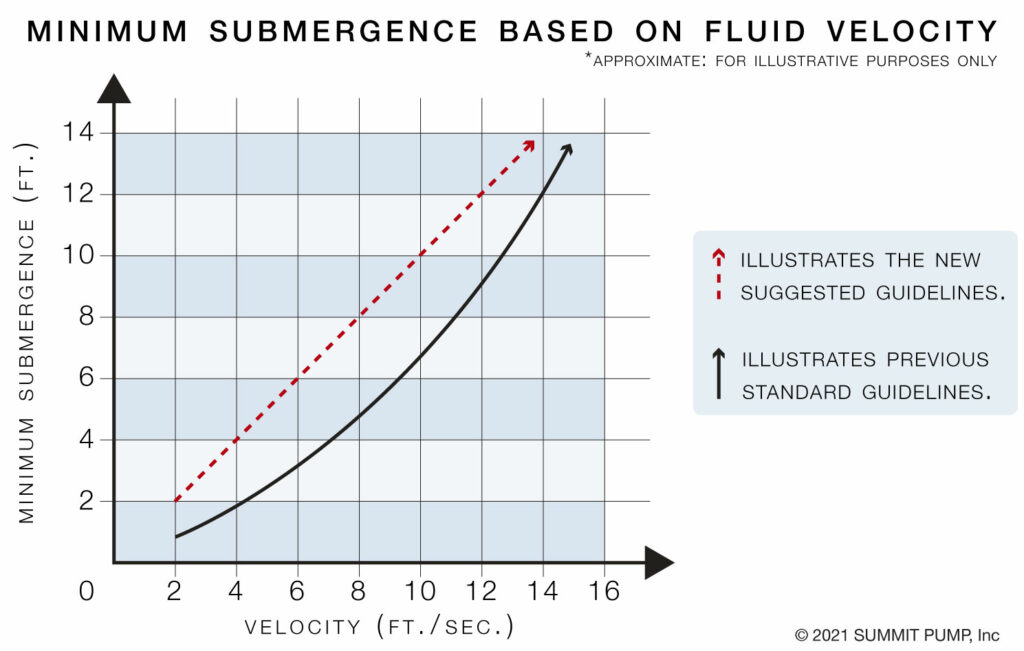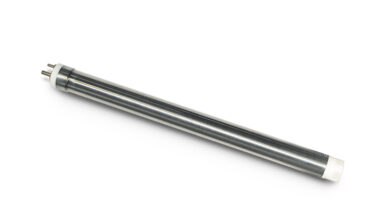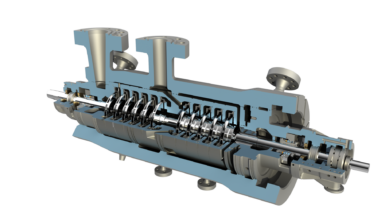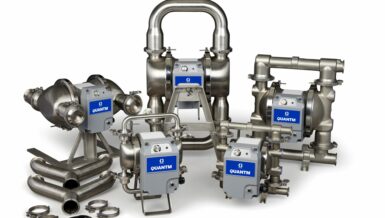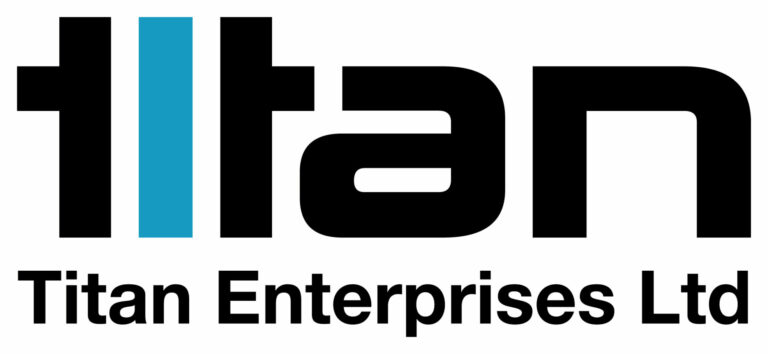Once that question is satisfied we then walk through the Net Positive Suction Head Available (NPSHa) calculations where about 60% of the time we find that there is sufficient NPSHa. After the NPSHa exercise, we ask about critical submergence (SC). A frequent reply to the submergence question is that no one knows what submergence really is or they never thought that it could be an issue if the NPSHa was sufficient.
Net Positive Suction Head (NPSHa) and Critical Submergence are two different things, and while they are connected by the liquid’s static height at suction, they are two independent factors requiring consideration for a successful suction system design.
- Note: That you can have sufficient submergence and not have sufficient NPSHa.
- Note: That you can have sufficient NPSHa and not have enough submergence.

What is Critical (Required) Submergence?
Submergence is defined as the distance (D) measured vertically from the surface of the liquid to the centerline of the inlet suction pipe. A more important term is the required submergence, also known as minimum or critical submergence (SC). Required submergence is the vertical distance – from the fluid surface to the pump inlet – required to prevent fluid vortexing and fluid rotation (swirling and or pre-swirl).
What happens if I don’t have enough submergence?
Without proper submergence, the pump will create a vortex that will introduce air to the impeller suction. Just 2% air entrainment will have a negative effect on the pump hydraulic performance because the air bubbles become trapped at the impeller eye blocking the fluid flow. At 4% to 6% the performance will drop significantly and at 12% the pump may bind.
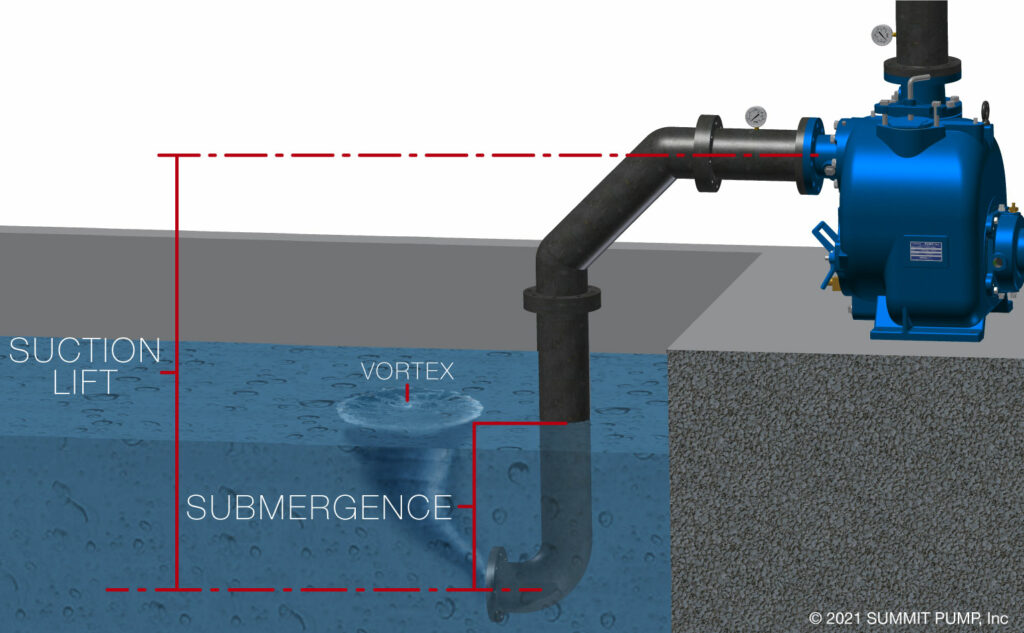
How much submergence do I need?
There are many sources of information regarding this subject with accompanying submergence charts that you can refer to in pump reference books, ANSI/HI 9.8, and web sources. Normally the guides will suggest that for every one (1) foot of liquid velocity on the suction entrance you will require one-half (0.5) of a foot of submergence. Recently revised empirical data from the Hydraulic Institute and our professional suggestion is that if you want to avoid pulling air into the pump altogether, then you should select the more conservative approach of one (1) foot of submergence per one (1) foot of liquid velocity.
